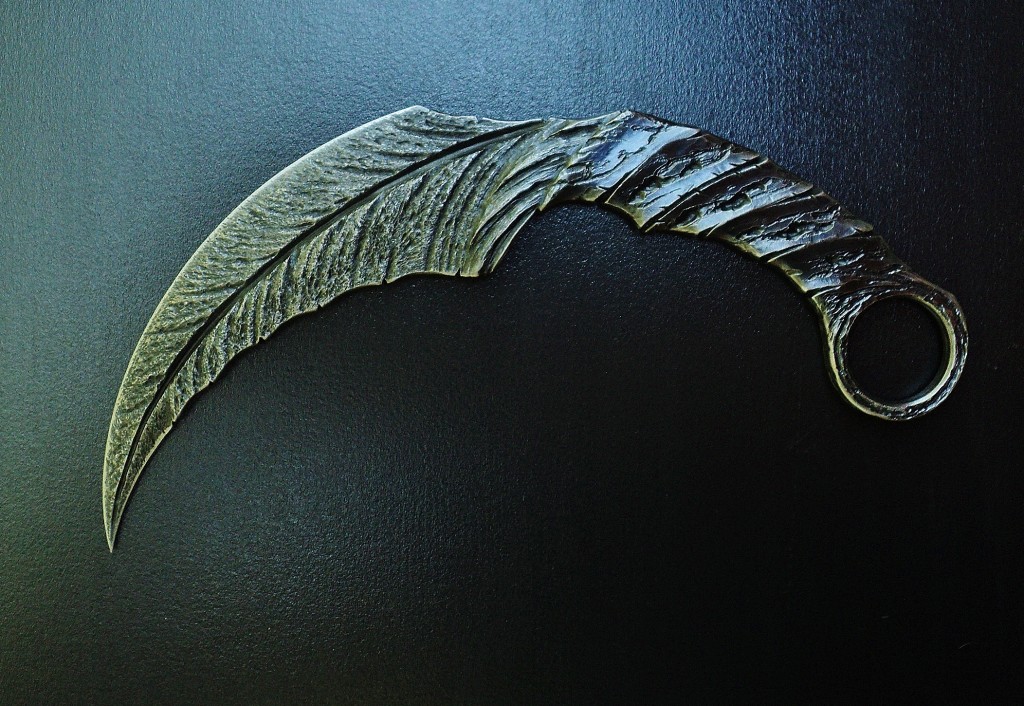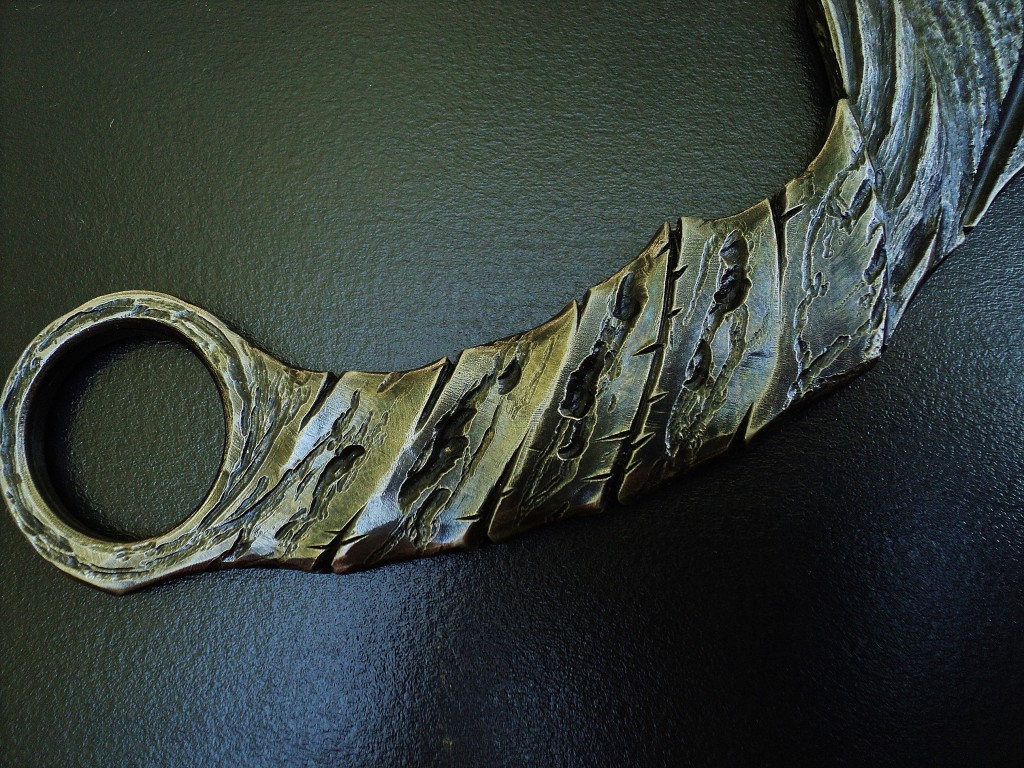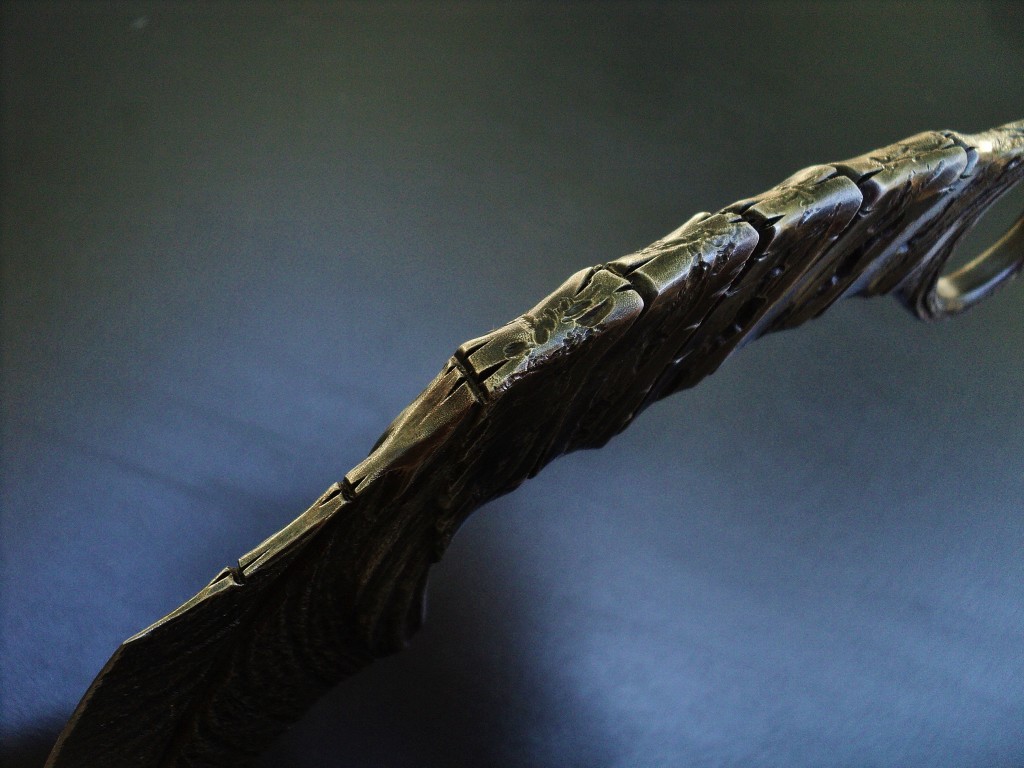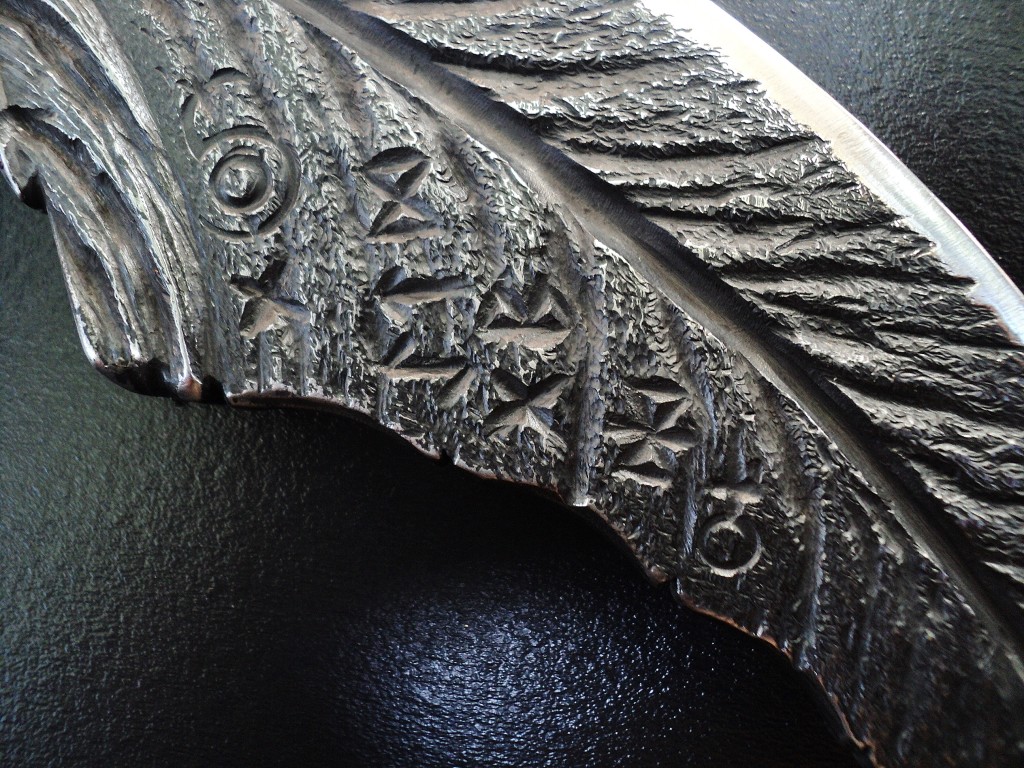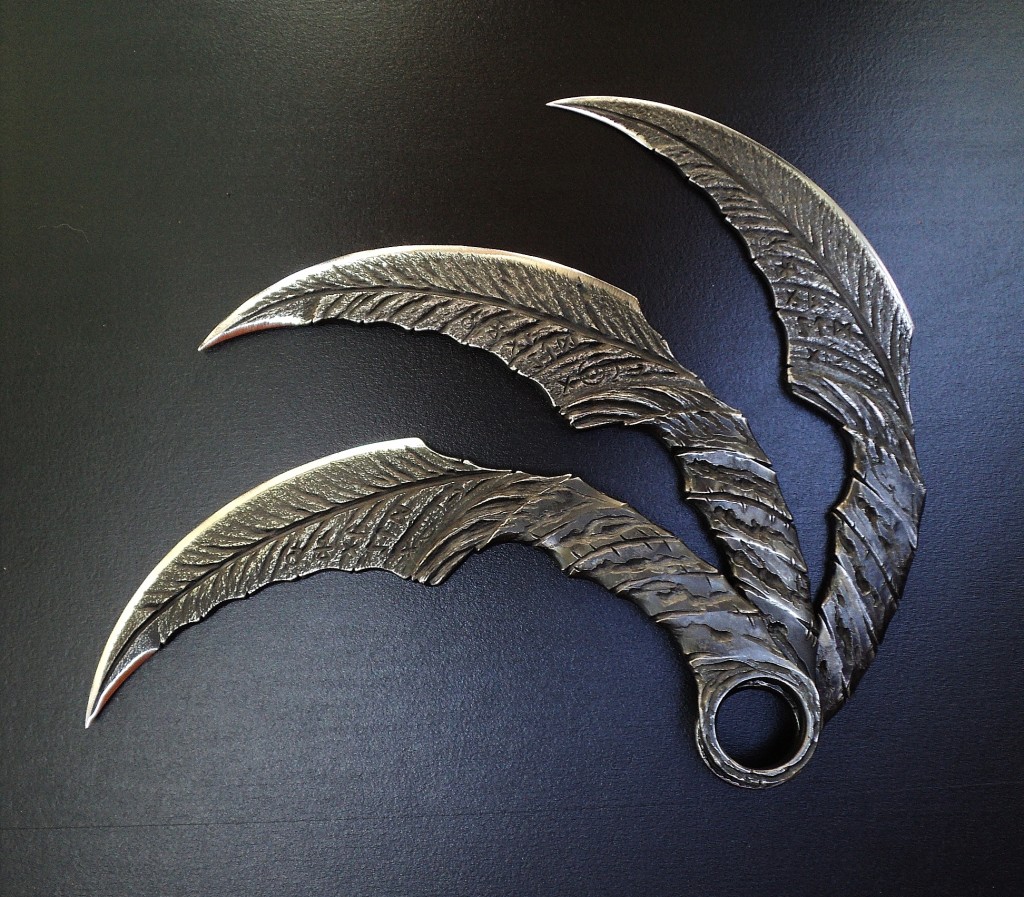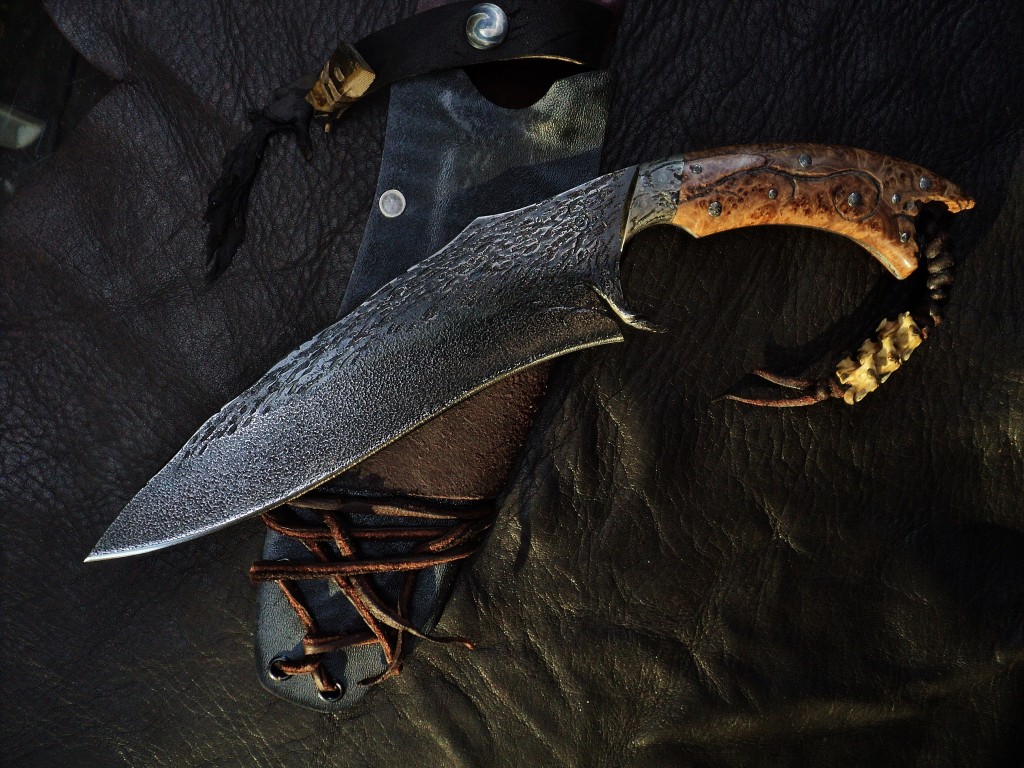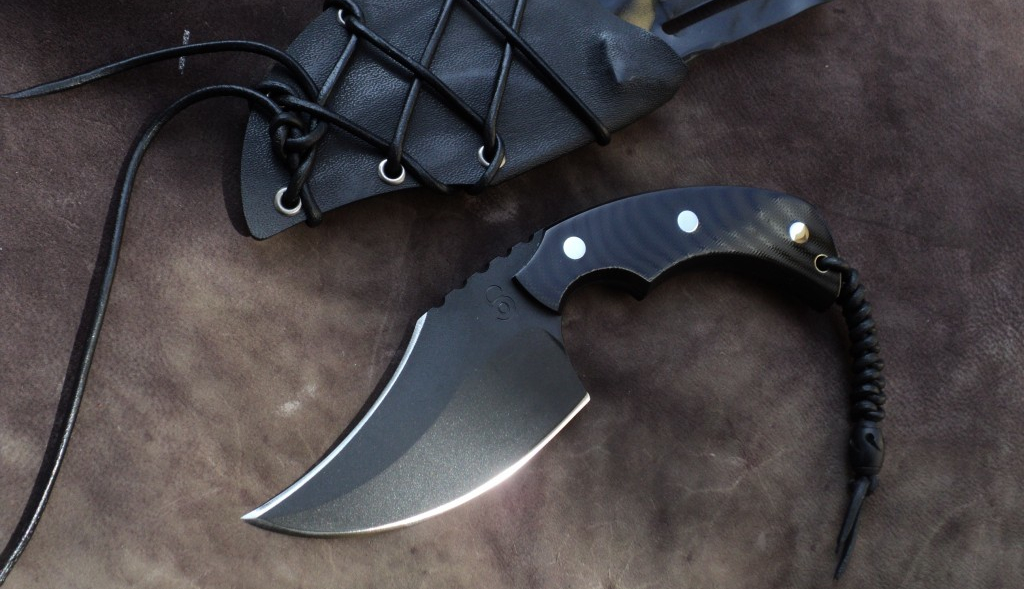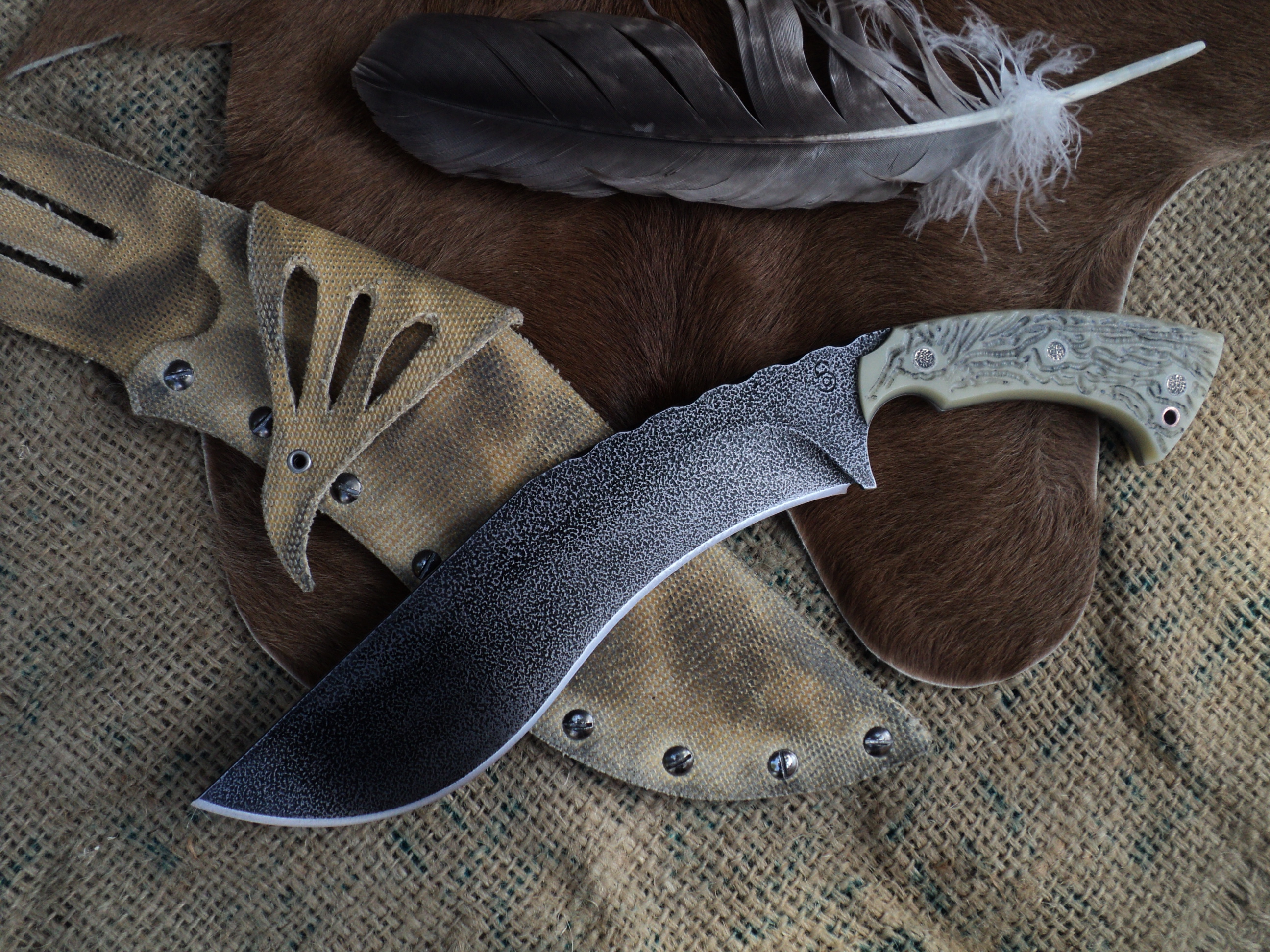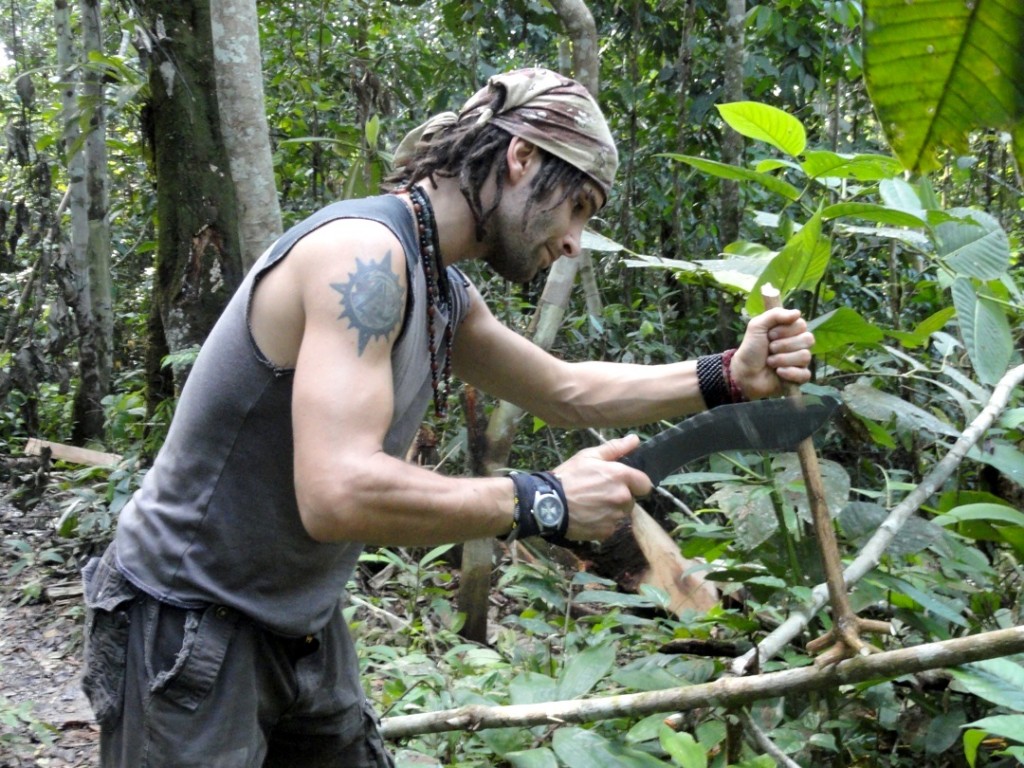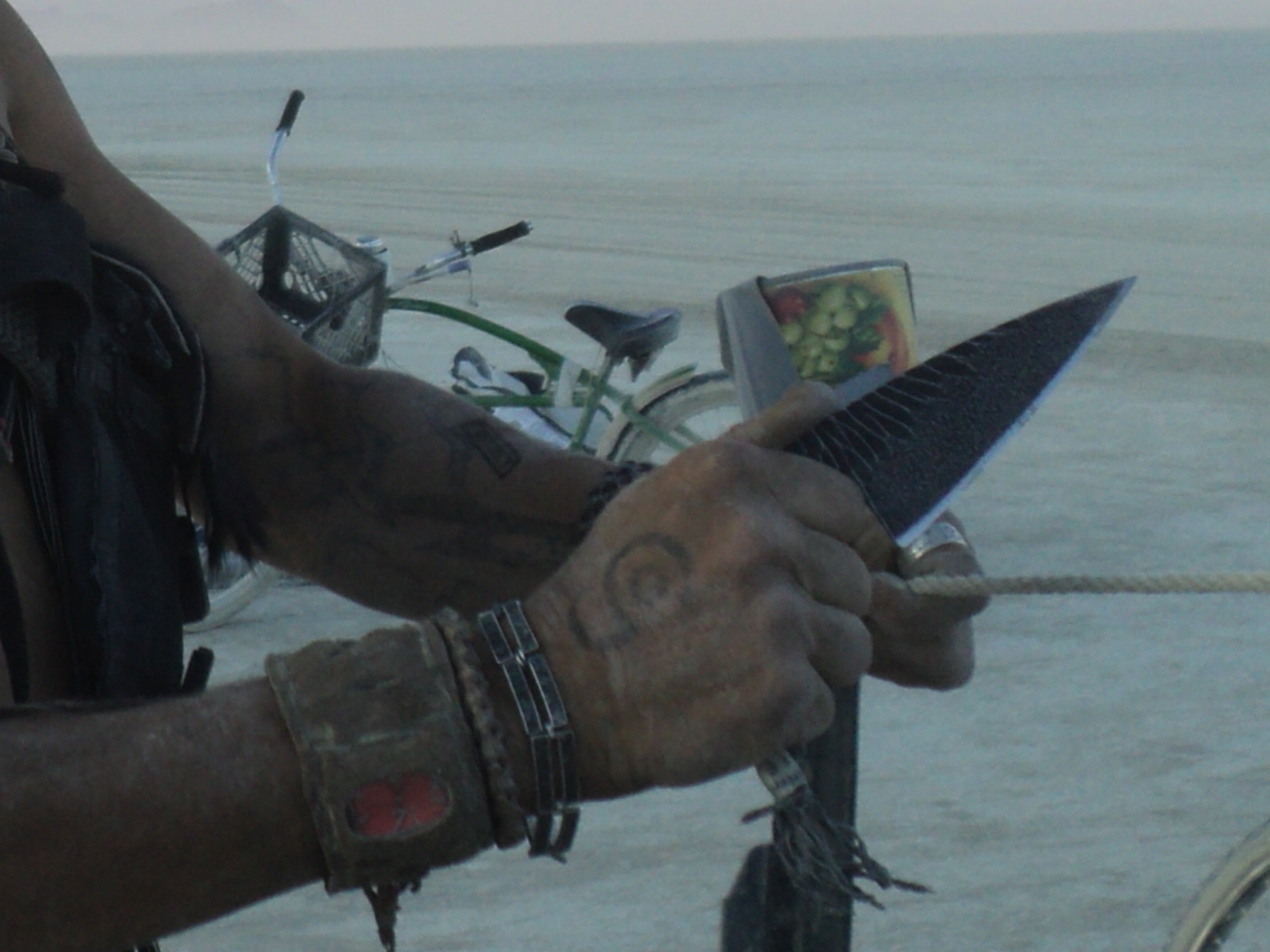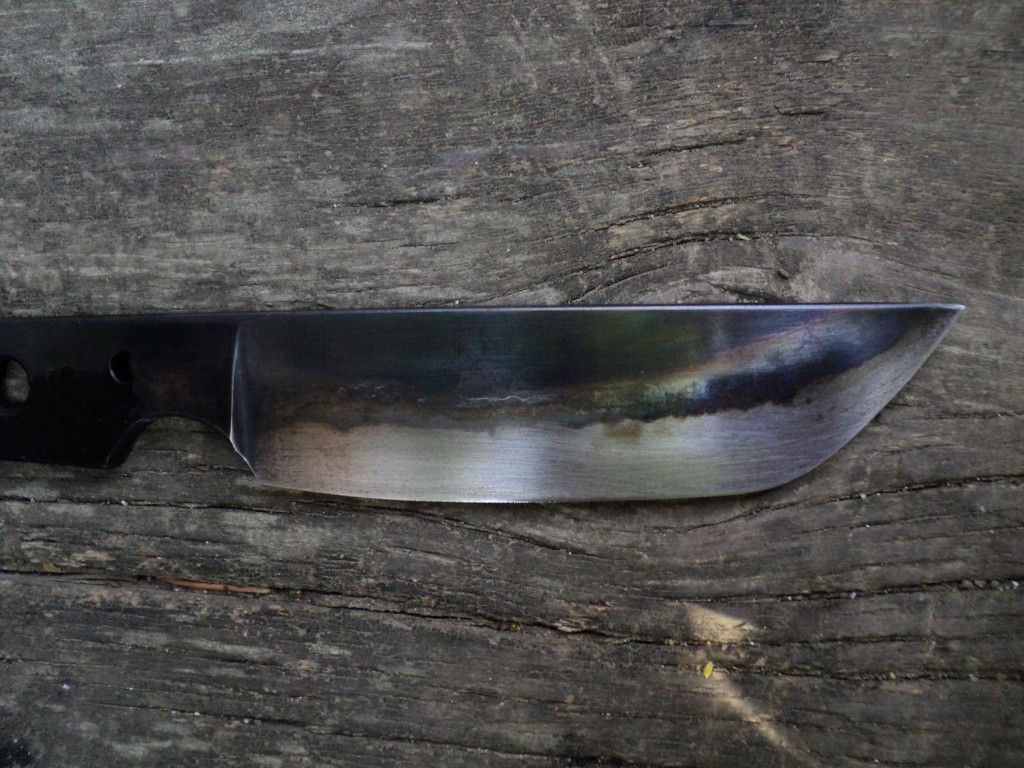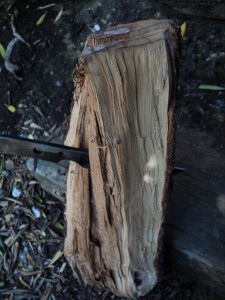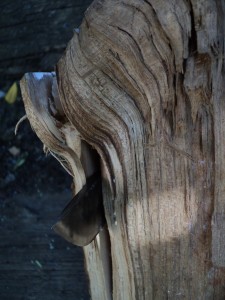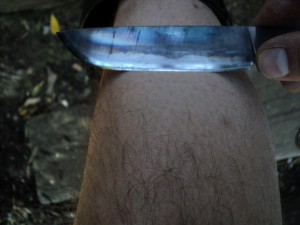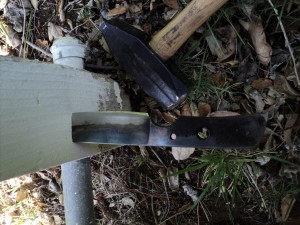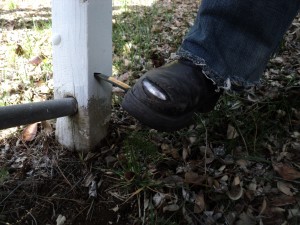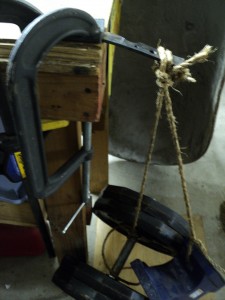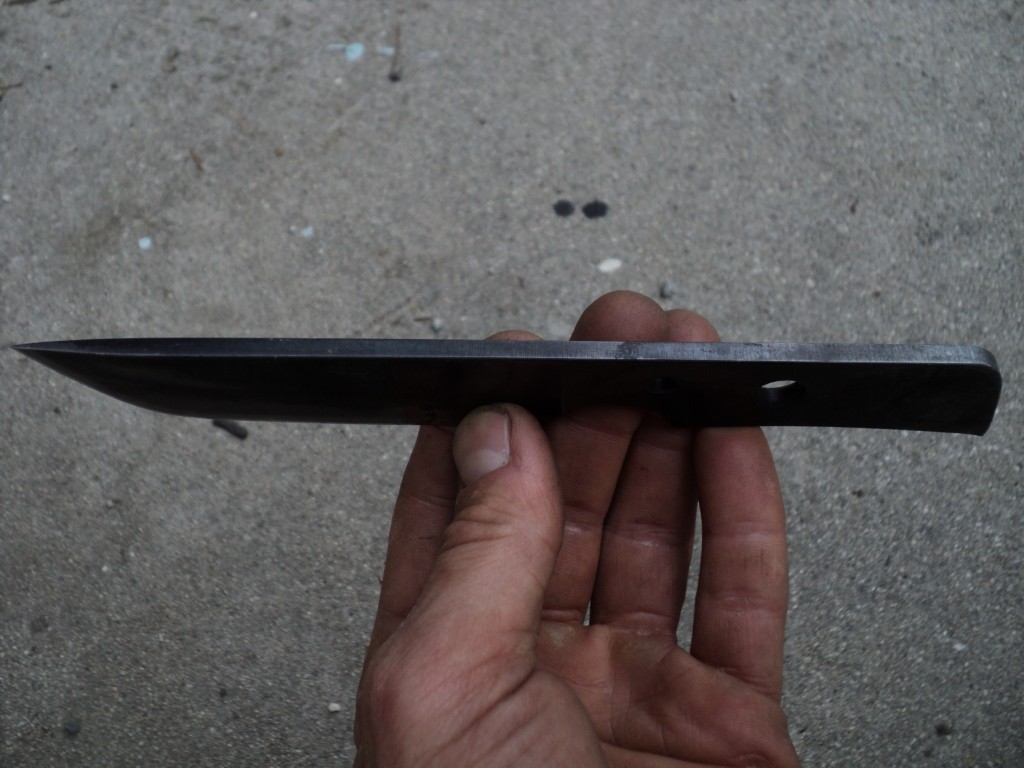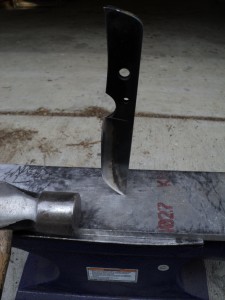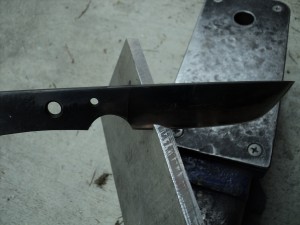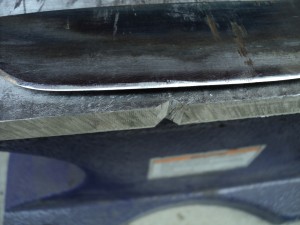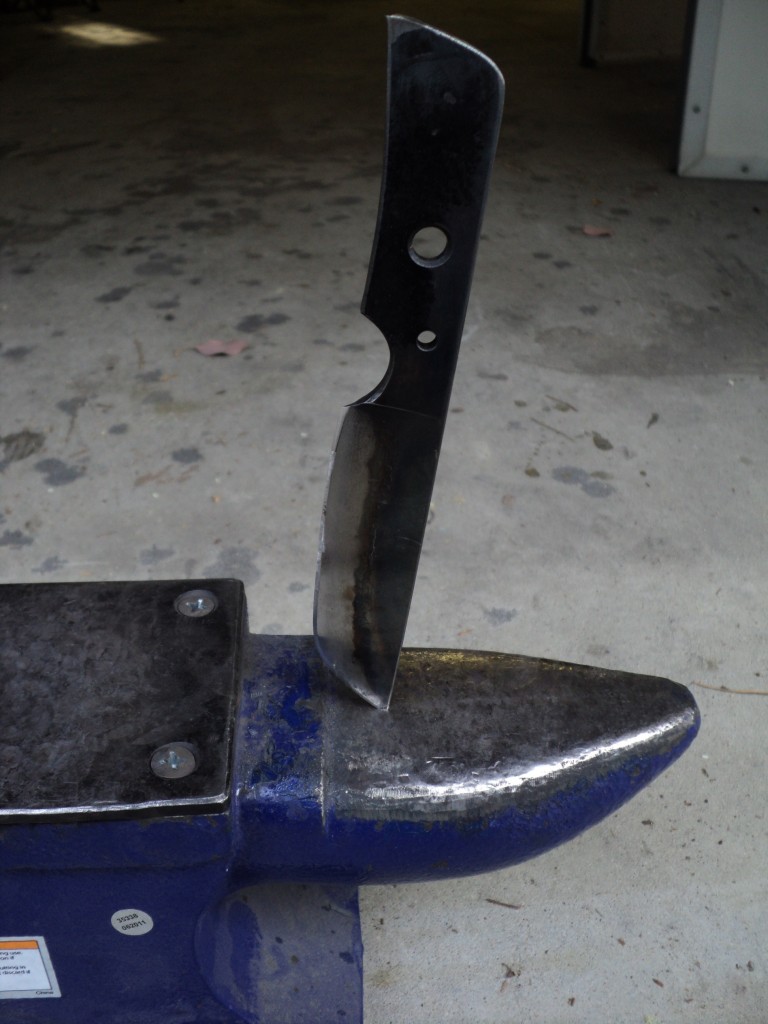By Chris Zaccara
Introduction
“Old world craftsmanship” is about more than how something is made. It’s also about what drives the maker. The desire to make a quality tool at a fair price, and to create something that will serve the user for life or longer, old world craftsmanship is about making something that’s meant to outlast our modern day ‘single-use’ disposable society. In the high mountains of southern California, a relatively new artisan is quietly making knives and other tools with an old world drive. Dylan Farnham is likely one of the best makers you haven’t heard of yet. His knives show a surprising range of style and versatility. His line includes everything from short swords to tomahawks, kitchen knives, khukris and kerambits. The most consistent factor throughout all of his designs though, is the quality of each piece. The attention to detail and commitment to excellence is something you really have to see to appreciate. Every blade Dylan crafts is done with the intent that the knife becomes a trusted companion, a dependable tool and a treasured family heirloom.
The SK1
The knife I acquired for review is Dylan’s model SK1. The SK1 is a curvy mid-sized blade with a rough forged/‘micro peened’ finish and a leather-wrapped handle. It’s tough to know where to start with a knife like this. The longer you look at it and the more you handle it, the more details seem to become significant. One of the most significant details to note, as with any knife, is sharpness. Don’t we all immediately run a thumb lightly across the edge of a new knife? The best way to give you an idea about the sharpness of the SK1 is to tell you that Dylan also forges custom straight razors and uses one on a daily basis. When I tell you the SK1 came sharp, I mean it is one of the sharpest blades I have ever handled. Out of the box the SK1 wiped hair from my arm. There was no popping sensation or even any faint tug. Just a gentle swipe and the hair was gone. The 5 ½ “ blade of O1 tool steel is what I would call a double re-curve shape, with a prominent belly, upswept tip and a concave dip near the handle. During testing I found the unusual shape to have better than average versatility for handling a variety of cutting tasks. The next thing that grabs your attention about this knife is the finish. I can best describe it as a combination rough forged/ stippled finish. The spine of the blade has been filed in a beautiful, wavy, serpentine pattern, and given a nice polish; a subtle but beautiful addition to the knife. The top of the blade nearest the spine has been hammered and shaped to resemble the flecks removed from a stone or flint knapped blade. As it moves down the blade towards the edge, the finish thins out into what Dylan calls a ‘micro-peened’ finish. This is Dylan’s effort at creating a more scratch- resistant finish for his knives. The micro-peening process creates hundreds of little dimples across the surface of the knife, giving the finishing agent and oils a chance to soak into the indentions and protect the blade better, as well as reducing the actual surface in contact with the medium being cut. It also creates an extremely unique look to the finished blade. I immediately hung the knife on my belt and pressed it into service around the house, using it for food prep for both family and pets. The blade zipped open 50lb feed bags without effort and though it isn’t what you’d consider a traditional kitchen knife shape, I found the SK1 worked well enough when slicing vegetables or stew meat. Putting the belly of the blade just behind the material to be cut and then pushing it through produced excellent results. The concave section closest to the handle allows flexible materials like rope or fabric to group together along the edge before pulling the belly through. This keeps the material being cut steady and allows for a deeper, more effective cut. At this handle/ blade juncture a deep finger choil paired with a deep and generous thumb ramp and ergonomic handle shape to keep the hand locked on to the end of the knife where it’s supposed to be. The fully upswept tip of the knife actually cuts on a different plain of than the rest of the blade, as it sweeps all the way up to the spine the shape brings it at an almost 90 degree angle from the handle. This allows the user to easily push cut, moving the blade forward rather than necessarily down or away. I found this ‘push cut’ method most productive when opening MRE food packages or doing fine cutting on dry wood for trap components.
Testing
Halloween passed by during the time I had the SK1 for testing, and while carving a pumpkin with the family isn’t necessarily a particularly demanding test for a knife, it was certainly a fun and novel medium to work with. The best opportunity for testing the SK1 against more than I had lying around the house was a trip across the Sandia Mountains that border Albuquerque, New Mexico. The SK1 rode unobtrusively on my hip for the whole trip. As mentioned earlier the SK1 easily zipped open MRE packages and cut up food portions along the way. When one of my heavy duty plastic tent pegs blunted against the hard rocky ground, I didn’t hesitate to use the SK1 to sharpen it back up. One of the biggest challenges I had near the top of the trail was the wind. The usual number of stakes, line and poles were just not holding up. I broke out some extra paracord and used the SK1 to fashion an extra support pole and a hand full of stakes to help keep my tent from flying away. The belly on the SK1 made harvesting sections of straight wood for stakes a simple matter. The SK1 chops surprisingly well for being a mid-sized blade. The pronounced belly bites deep into both green and dry wood, making fire prep another chore easily tackled by the SK1. While the curvature of the blade might be the first thing you notice about this knife, the curvature of the handle is one of the more important features of the overall design. The slight drop of the handle behind the blade forces your hand and wrist into a powerful and natural alignment. I experienced no hand fatigue while using this blade, even after a good hour of carving and breaking down fire starting materials. The leather cord wrap is as solid a handle material as you could want. It provides excellent shock absorption when chopping and a secure grip in any direction. Overall, the SK1 was an excellent and able trail companion. Back home, I continued to use the SK1 around the house, breaking down cardboard boxes and slicing up several different types of rope medium from jute to hemp to paracord. The SK1 handled them all without a hitch. The heat treat on this knife is superb, since I’ve had it for testing purposes, I haven’t actually needed to re-sharpen the edge. The edge has stepped down from scalpel sharpness but is still plenty sharp enough to pop hairs.
Wrap Up
I can honestly say I had a hard time letting my sample knife go back to the maker after this review was completed. The SK1 is not only a well executed and extremely effective cutting tool, it is also a knife that carries a strong sense of pride of ownership with it. This is a blade that will serve you well for life or longer made by a craftsman who understands working knives. The SK1 is reasonably priced and available with different handle and sheath configurations that allow you to have a tool made that is unique to your needs. For all the roads you have yet to travel, the SK1 is truly a worthy companion.

